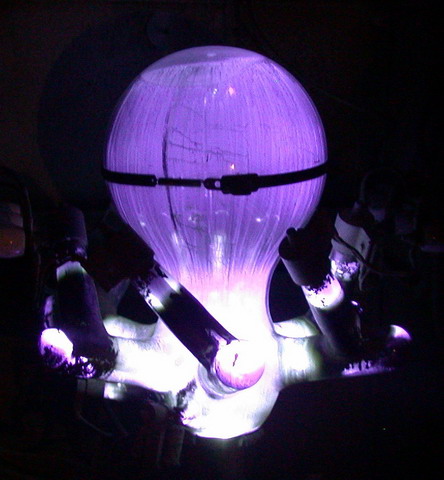johnny watt
Member
Last week I caught the tail end of a documentary on one of those learning channels about Nikola Tesla and I learned some interesting things.
They said that AC was chosen over DC because the electrons did not have to flow all the way around the circuit and therefore less heat was created which meant smaller wires.
Now I always figured AC was chosen because the machine used to step it up and down was so reliable and had so few moving parts compared to its DC counterpart. So once Tesla invented the AC motor it was the logical choice. But I guess I was wrong.
They further explained that current was the flow of electrons.
Now that was not so surprising to me because I have heard that before. At the same time I have heard others dispute that. Notwithstanding the flow of charge when the charge is a known other thing like in a chemical fluid, do you agree or disagree that current is the flow of electrons?
Actually, I think it was in these fora that I first heard that current might not be the flow of electrons. And that started to make sense to me because if the voltage can travel faster than the speed of an electron then so too must the current. And with AC frequencies that have wavelengths that exceed the distance an electron can travel in the period of the wave the same thing becomes a problem to explain with flowing electrons.
They said that AC was chosen over DC because the electrons did not have to flow all the way around the circuit and therefore less heat was created which meant smaller wires.
Now I always figured AC was chosen because the machine used to step it up and down was so reliable and had so few moving parts compared to its DC counterpart. So once Tesla invented the AC motor it was the logical choice. But I guess I was wrong.
They further explained that current was the flow of electrons.
Now that was not so surprising to me because I have heard that before. At the same time I have heard others dispute that. Notwithstanding the flow of charge when the charge is a known other thing like in a chemical fluid, do you agree or disagree that current is the flow of electrons?
Actually, I think it was in these fora that I first heard that current might not be the flow of electrons. And that started to make sense to me because if the voltage can travel faster than the speed of an electron then so too must the current. And with AC frequencies that have wavelengths that exceed the distance an electron can travel in the period of the wave the same thing becomes a problem to explain with flowing electrons.





